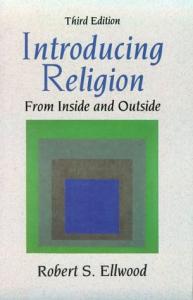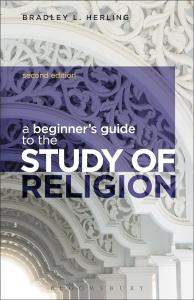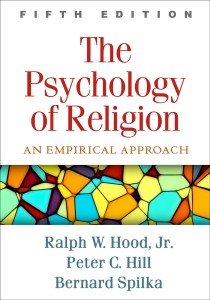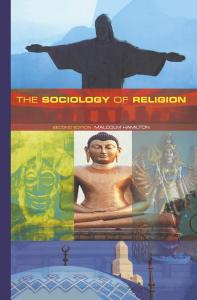Review:
Jonathan Z. Smith's Relating Religion: Essays in the Study of Religion is a thought-provoking and insightful collection of essays that delves into religion's intricate and ever-evolving nature. With his extensive knowledge and expertise in religious studies, Smith offers a fresh and unique perspective on the study of religion, challenging traditional approaches and shedding light on the complex relationship between religion and culture.
One of the key themes that runs through Smith's essays is the role of language in shaping religious beliefs and practices. He argues that language is not simply a means of communication but a powerful tool that shapes our understanding and perception of the world. In the context of religion, Smith contends that language plays a crucial role in constructing and sustaining religious traditions and practices. He also highlights the limitations of language in fully capturing the nuances and complexities of religious experience.
Smith also explores the significance of ritual and symbolism in religion. He argues that rituals are not simply meaningless actions but rather serve as a means of creating and maintaining religious identity and community. Similarly, he examines the use of symbols in religious traditions, emphasizing their role in conveying complex and often abstract concepts. Through his analysis, Smith challenges the notion that religion is purely a matter of belief and instead highlights the performative and symbolic aspects of religious practice.
In addition to these themes, Smith addresses the relationship between religion and culture. He rejects the idea that religion is a static and unchanging entity and argues that cultural context constantly influences and shapes it. He also challenges the notion of a clear distinction between "sacred" and "secular," arguing that these categories are fluid and intertwined. Smith's insights on the dynamic and interdependent nature of religion and culture offer a refreshing perspective on the study of religion.
Furthermore, Smith's essays are not just theoretical musings but also offer practical implications for studying religion. He calls for a critical and self-reflective approach to studying religion that challenges biases and assumptions. He also emphasizes the importance of engaging with a diverse range of perspectives and disciplines to gain a more holistic understanding of religion. Smith's work serves as a valuable guide for scholars and students alike, encouraging them to think critically and creatively about the complexities of religion.
However, while Smith's ideas are thought-provoking and insightful, they have limitations. Some may argue that his emphasis on language and symbolism oversimplifies the complexities of religious experience. Others may question the applicability of his ideas to non-Western religions and cultures. These critiques highlight the need for continued dialogue and debate on the study of religion and the importance of considering multiple perspectives.
Despite these limitations, Smith's work has had a significant impact on the field of religious studies. His ideas have sparked discussions and debates, challenging scholars to rethink their approach to the study of religion. Smith's essays also serve as a valuable resource for those interested in exploring the complexities of religion and its role in society.
In conclusion, Relating Religion: Essays in the Study of Religion offers a thought-provoking and enlightening exploration of the multifaceted nature of religion. Through his analysis of language, ritual, symbolism, and culture, Jonathan Z. Smith challenges traditional approaches to the study of religion and offers a fresh and dynamic perspective. This book is a good choice for anyone interested in understanding the complexities of religion and its impact on human societies.






